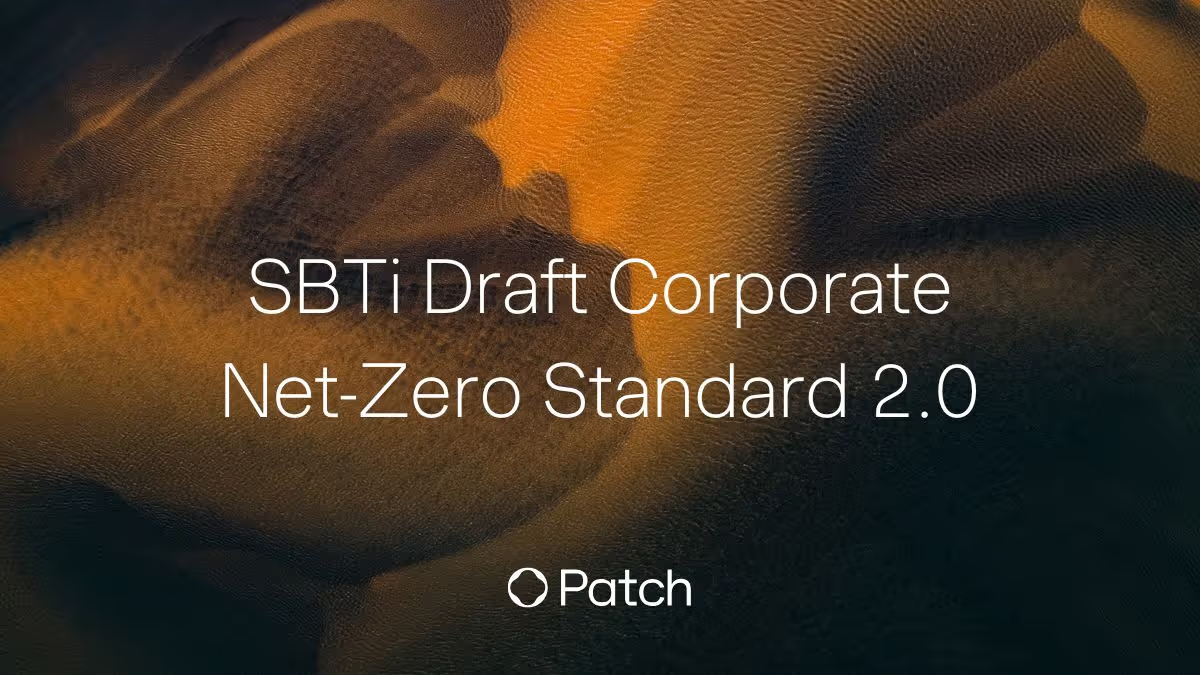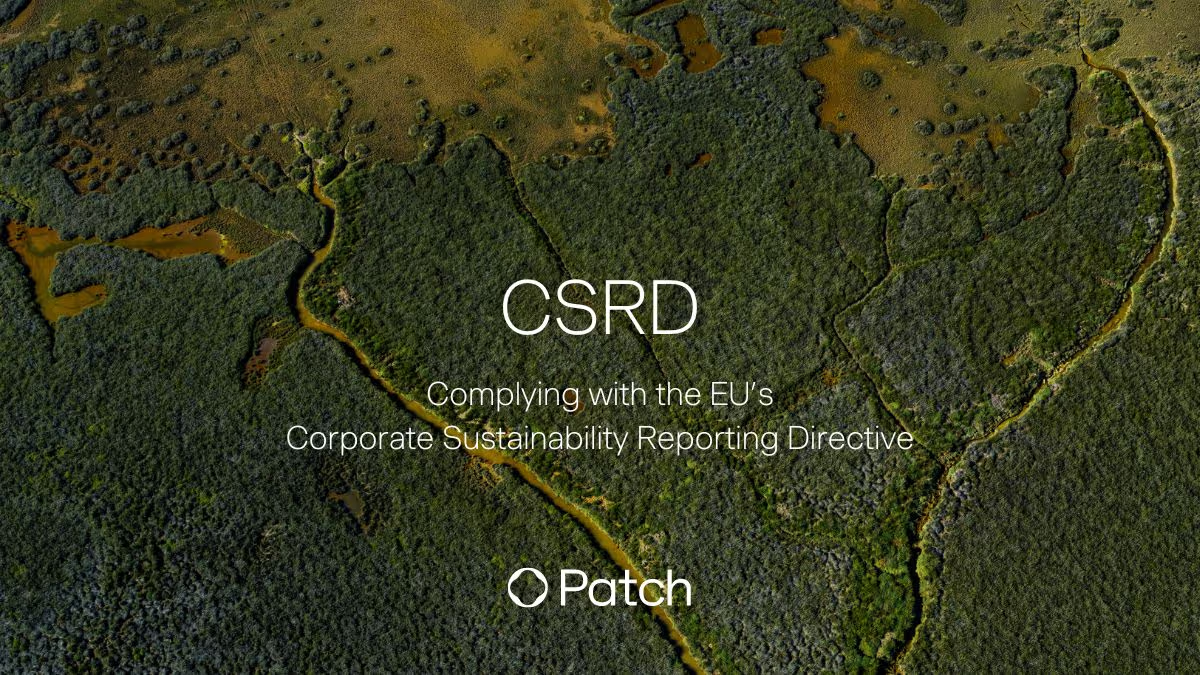On March 9, 2022, President Biden signed an Executive Order detailing government actions and research that will be undertaken to ensure the responsible development of digital assets, such as cryptocurrencies and non-fungible tokens (NFTs). The inclusion of climate action as one of the seven areas examined by the US government is a testament to the urgent importance of this issue. We view this as a positive signal from the Biden administration to examine both the environmental impact of digital assets and the opportunity to leverage blockchain technologies for climate action.
What did the US Executive Order on Ensuring Responsible Development of Digital Assets call for?
Non-state digital assets (digital assets not owned by a government) reached a market cap of $3 trillion last year, up from approximately $14 billion in early November 2016. The Executive Order commits to examining and addressing seven key areas:
- the protection of consumers, investors, and businesses, including data privacy and security;
- financial stability and systemic risk;
- crime;
- national security;
- the ability to exercise human rights;
- financial inclusion and equity;
- energy demand and climate change.
This is the first broad-based attempt by the US government to study and articulate a set of policies on digital currencies and assets and poses an incredible opportunity for climate action.
Specifically related to energy use and climate change, the Executive Order assigns specific groups within the government to work together to submit a report on the topic of energy use and climate change. This effort will be led by the Director of the Office of Science and Technology Policy, who will work with the Environmental Protection Agency (EPA), Department of Energy (DOE), and the White House National Climate Advisor. The deadline to submit this report is September 5, 2022. It must outline:
- How distributed ledger technologies could negatively or positively impact transitions towards clean, reliable, and efficient energy sources.
- The potential for distributed ledger technologies, like blockchain, to help or hurt efforts to tackle climate change.
- The impact of these technologies on the environment.
- The impact of cryptocurrency mining on energy usage, including research into alternative mining methods and ways to reduce energy use.
- The potential uses of blockchain to support monitoring or mitigating technologies to mitigate climate impacts, such as commoditizing environmental assets such as carbon, water, or plastics.
- The implications for energy policy, including as it relates to grid management and reliability, energy efficiency incentives and standards, and sources of energy supply.
The Order acknowledges that additional research will be needed and a second report will cover any additional findings to address knowledge gaps from the first report planned for submission in September 2023.
Top 3 climate takeaways from the US Executive Order on Ensuring Responsible Development of Digital Assets
Sources matter and, while fossil fuels power about 60% of Bitcoin mining, much of the crypto industry has committed (via the Crypto Climate Accord) to reach net-zero emissions by 2030 by switching to renewables and purchasing carbon credits. Weighing both the challenges and opportunities, here are our top three climate takeaways:
1. Momentum for on-chain credits:
While still a developing space, web3 projects are buying significant volumes of carbon credits and bringing them on-chain (transactions that occur on the blockchain) to showcase how blockchain can be used for climate action. This has already impacted both the supply (availability of carbon credits to be purchased) and pricing of certain categories of carbon credits—primarily nature-based credits (carbon credits that are traditionally created through natural means) and older vintages (credits that were created long ago). As an example, between October 2021 and February 2022, KlimaDAO, a cryptocurrency group with a focus on climate activism, brought over 15 million tons of carbon on-chain, equivalent to removing over 3.5 million cars from the road annually.
At Patch, we're particularly excited about the notion of carbon credits being turned into what we like to call financial “Lego blocks.” These can be used to embed carbon removal into smart contracts or used as a web3 asset. The review of distributed ledger technologies for climate action could drive momentum of web3 groups bringing carbon credits on-chain. This momentum could further increase demand from web3 actors for high volumes of carbon credits.
2. Corporate demand for carbon credits:
We know that Proof of Work (PoW) crypto mining is energy intensive and has contributed to global emissions. The crypto community recognizes this issue as well and is working to reduce the energy use, including using renewable sources of energy and transitioning from PoW to Proof of Stake (PoS) systems. Ethereum is moving forward with a transition to PoS, called Ethereum 2.0, which may use 99.99% less energy than a PoW blockchain. Beyond Ethereum, several scaled blockchains—including Solana, Polygon, and Avalanche—offer energy-efficient financial transactions today due to increasing pressure to make blockchain more sustainable.
While they are often used interchangeably, energy consumption is not the same as carbon emissions. Given the focus on the high-energy use of cryptocurrency mining, it’s likely we will see significant interest by cryptocurrency companies and fintech players in calculating and neutralizing their energy footprint through the purchase of high-quality carbon credits.
3. Opportunity for engagement:
With midterms around the corner and significant assets at stake, any government body serious about reviewing and possibly regulating the crypto space needs to get this right. This is an important opportunity for companies and other stakeholders active in the crypto and climate space to educate and engage with government officials and policymakers.
At Patch, we believe that web3, blockchain technology, and the regenerative finance movement have great potential for tackling climate change. We look forward to sharing observations from the frontlines of the carbon markets and bringing together others to do the same.
Lucy Hargreaves leads Public Affairs and Policy at Patch and has spent over 20 years advising on climate action and sustainability in politics, the UN, OECD, and private foundations.






